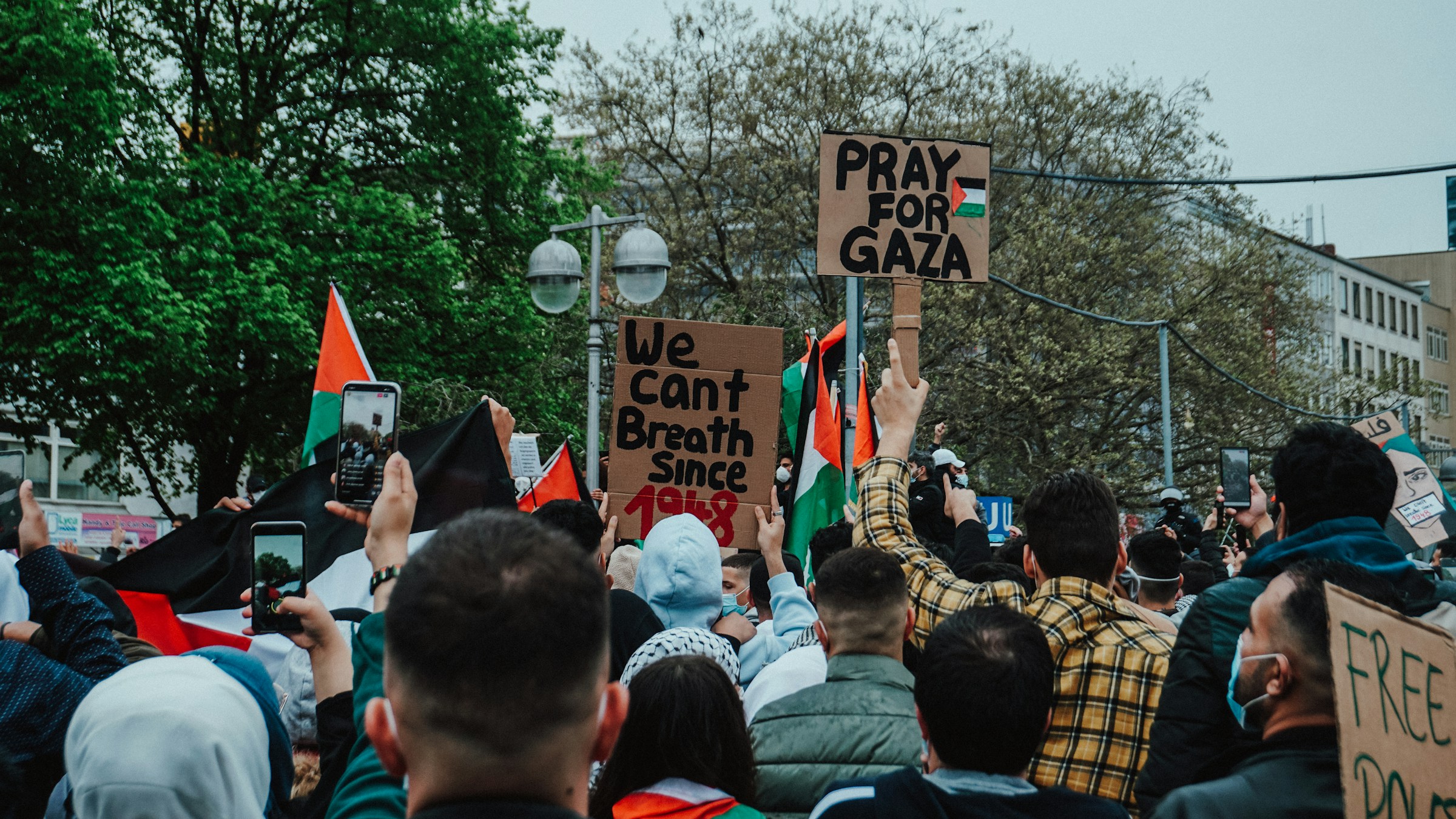Proscription is supposed to raise the activation energy around a movement. In practice, the UK Palestine Action ban is lowering it. The last protest in Parliament Square was organized on a simple conversion goal—500 sign-ups to proceed—and drew mass arrests, with 532 people detained and most of them for carrying a placard with a message of support. Organizers have now moved the next London action to a higher bar: 1,000 people committing in advance to turn up on 6 September. If the threshold is hit, the protest goes ahead. If it surpasses 5,000, they suggest the ban—and perhaps a cabinet post—could be politically untenable. That’s not just rhetoric; it’s funnel math. The state has turned arrest risk into reputation, and reputation is producing demand.
The policy theory here is clear: redefine a controversial direct-action network as a terrorist organization to shrink its oxygen—funding, organizing space, and mainstream sympathy. Yet the operational effect looks closer to platform dynamics we’ve seen elsewhere. When enforcement language outruns lived experience, the target audience reads the mismatch as legitimacy for resistance. The government’s own intelligence ecosystem has fed this contradiction. A March assessment from the Joint Terrorism Analysis Centre described the group’s core tactics as direct action that typically results in minor property damage—graffiti, brief occupations, lock-ons—while a Proscription Review Group memo flagged that proscribing mainly for serious property damage would be “relatively novel.” Even though both bodies recommended proscription, the nuance matters: it seeds a narrative that the designation is overbroad, and that narrative is a growth asset for organizers.
Look at how organizers have rebuilt the demand loop. They’ve replaced the usual “show up if you can” broadcast with an explicit pre-commit gate: the 6 September action is conditional on 1,000 pledges. That turns attendance into a measurable KPI and primes cohort identity before anyone arrives on-site. They’ve also reframed arrests as a badge of honor tied to language—“I oppose genocide, I support Palestine Action”—not to violence. The data point that half of those detained were 60 or older is counter-programming to the “violent fringe” label: it says “our supply is civic, not militant,” and it widens the reachable market. Add one more ingredient: public critique from credible insiders, such as former cabinet minister Peter Hain warning that equating doctors and retired magistrates with al-Qaida will “end in tears.” That’s essentially third-party verification. In product terms, you couldn’t ask for better social proof.
Downing Street and the home secretary have countered by pointing to violent tendencies and an allegation of assault linked to someone associated with the movement, which is denied and sits inside live proceedings. Legally, they can’t litigate it in public. Politically, the silence leaves a narrative gap that organizers are filling with the intelligence memos and the optics of mass arrests for placards in Parliament Square. This is the moderation paradox in civic space: if your enforcement depends on evidence you can’t show, the visible enforcement becomes the message. And in protest markets, visible enforcement is content. Content drives distribution.
The result is a classic flywheel. Step one: proscription raises stakes and media salience. Step two: arrests generate identity and proof-of-work for participants who value moral clarity over personal risk. Step three: identity converts to pre-commitment, which increases event certainty and fundraising capacity. Step four: throughput grows, stressing police and courts—visible institutional strain that confirms the cause’s potency to its base. Meanwhile, organizers routinize the funnel with clear thresholds (“1,000 and we move”), making every sign-up feel instrumental rather than symbolic. That’s smart growth design.
There’s also a segmentation play underway. By showcasing an older arrest cohort, organizers are telling younger supporters that participation is “safe enough” and morally urgent, while signaling to the median voter that this is civic conscience, not clandestine militancy. For risk-averse sympathizers, the pre-commitment model de-risks attendance through collective assurance: you won’t be alone, because you can see the counter climb. It’s the same psychology behind product waitlists and Discord headcounts before a mint—people want evidence that their action will land inside a crowd, not in isolation.
For policymakers, the warning light isn’t ideological; it’s mechanical. A proscription framed around property damage—however serious—without sustained, public, evidentiary storytelling about violent threat will keep producing this mismatch. The more the state leans on Section 13 to arrest people for signs, the more it trains organizers to harvest and redeploy those arrests as credibility. The criminal justice load—hundreds processed in a single weekend, with many older citizens in the mix—becomes both a governance burden and a recruitment poster. In the meantime, activist leaders are setting explicit conversion milestones and broadcasting that crossing them could trigger policy reversal. That’s a strong call to action because it collapses the distance between individual effort and macro outcome.
None of this absolves unlawful conduct, and accusations of assault must be resolved in court. But the growth logic doesn’t wait for verdicts. It rides on visible signals, cohort design, and narrative coherence. Right now, the UK Palestine Action ban is serving the movement’s product-market fit better than the movement could have engineered alone. It concentrates attention, simplifies the moral pitch, and shrinks the cost of commitment by promising collective cover at named thresholds.
The state’s options aren’t binary. It can maintain proscription while recalibrating how enforcement shows up in public, pulling the spectacle out of the streets and into more targeted, evidentiary actions that don’t hand the opposition easy content. It can also separate direct-action property offenses—punished firmly—from terrorism language that drifts beyond what the public reads as proportionate. If the language and the lived enforcement don’t realign, the flywheel keeps spinning. And in growth, momentum compounds faster than intent.





.jpg&w=3840&q=75)

-1.jpg&w=3840&q=75)
.jpg&w=3840&q=75)





.jpg&w=3840&q=75)